Thai MotoGP at Buriram is confirmed for the 2018 season
Valentino Rossi calls the track “boring”

Perhaps the biggest sensation from MotoGP was the announcement that the Buriram International Circuit (also known as the Chang International Circuit) in Thailand will host the championship for three years beginning 2018, bringing the total rounds to 19.
But even more sensational was Valentino Rossi’s opinion about the track.

A few MotoGP riders were asked of their opinion concerning the championship’s latest addition during a press conference at the Catalunya GP. Rossi, ever the outspoken rider, first shared his experience of having ridden on the circuit for a Yamaha event two years prior before going on to say, “It’s a boring track, with just a few turns and a long straight and that’s it. The location isn’t great either, miles from anywhere.”
Maverick Vinalez chose a different tack: “The more races there are, the harder it all becomes, also because you can’t be in perfect shape for more than 6 or 7 months,” before closing on a diplomatic tone, “I like to go to new places though and understand that having more GPs increases the show.”

There is a point to note about Rossi’s comment. When the 500cc GP first moved from the historic Batu Tiga, Shah Alam racetrack to the Sepang International Circuit in 1999, Mick Doohan was critical of the latter, saying, “Whoever designed this place doesn’t have any idea about motorcycle racing.” Buriram International Circuit was designed by Hermann Tilke, the same engineer who designed our Sepang International Circuit and interestingly, Hermann Tilke races cars in Germany, but not motorcycles. We’ll leave this to your verdict.
The Buriram International Circuit (name used due to alcohol restrictions) is situated 385 km by road from the Suvarnabhumi Airport in Bangkok. There are only two flights from Bangkok per day.
Buriram International Circuit was opened in 2014 and as with all circuits designed by Tilke, Buriram is certified as FIM Grade A and FIA Grade 1 – the first in Thailand.
The track has a length of 4.554 km and consists of 12 turns in total, 8 of them being right-handers. There is one straight, followed by another two shorter ones.
The venue has since played host to many international race events, such as the Japanese Super GT series since its inauguration, while the first international motorcycle racing series were the World Superbike and World Supersport Championships in 2015 (nearly 84,000 spectators showed up). Regional events include the Asian Road Race Championship (ARRC), and the circuit is busy around the year with local races and manufacturer events such as motorcycle launches.

84,000 spectators showed up for the inaugural WSBK round in 2015
Having ridden personally ridden at Buriram International Circuit in 2016 during the Ducati 959 Panigale Asian Media Test, the track certainly has really fast straights and chutes, followed by hard braking zones and sweeping corners. The circuit is “flat” without precipitous elevation changes, compared to SIC. There were plenty of run off areas, however, essentially the tarmac extended beyond the shoulders of corners, allowing a rider who overshot to not hit dirt immediately and potentially crash.
Funnily enough, we did speak offhand if Buriram International Circuit was suitable for MotoGP racing, since WSBK had already been running there, and came away with the opinion that it lacked more challenging variations and was too short for MotoGP.
But why does Dorna still wanting to go ahead with those plans?
Many understand that racing is the highest form of expression when it comes to promoting brands and technologies. While the bikes in MotoGP share almost not a single identical part to a road bike, certainly a Yamaha Y15ZR in Movistar blue, promoted as featuring “technologies derived through our involvement in the ultra-competitive MotoGP” still appeals. Yes, the win on Sunday, sell on Monday mantra.
That’s especially true in countries where the majority of the population ride motorcycles out of necessity. That’s not looking down on Thailand, in any case, but the reality of it is that the motorcycle industry in Thailand is just too large to ignore. Global research Lucintel said, “The market witnessed splendid growth during 2006-2011 but is likely to grow with reduced pace to reach an estimated $93.67 billion by 2017.”
Reach $93.67 billion at a “reduced pace.”
Besides that, Thailand is a hotbed for automotive production in the region, and it’s not even due to labour costs as we found out during our visit to the Triumph factory in December 2015. According to Triumph’s executives, labour costs are actually lower if they manufactured their motorcycles in Indonesia or Vietnam or even Malaysia, but they chose to remain in Thailand because of the support infrastructure and years of expertise of the workers.
Apart from Triumph, Honda, Kawasaki, Ducati, BMW either manufacture or assemble their motorcycles in Thailand. In Honda’s case, the Thai suppliers could provide as much as 95% of the parts of their big bikes operations.
Apart from economic concerns, Thailand also has an enormous pool of racers. Racing is big business in Thailand as there are thousands of who involve themselves in all forms of two-wheeled racing.
Such ecosystem would surely cause the promoters any racing series, along with the government of any country to salivate at the prospect of seeing tens – if not hundreds of thousands – of racing fans descending upon the track on race weekend.
So what do you think? Are the riders correct about the punishing schedule? Was Rossi’s view of Buriram over the top? Has Dorna chosen to expand its business empire at the expense of rider excitement? Will the Buriram circuit be ultimately modified or lengthened?
Tell us in the comment section.


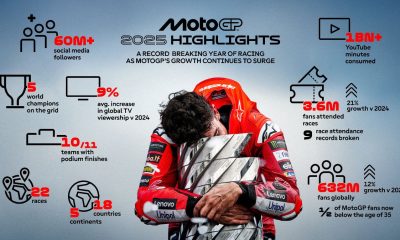
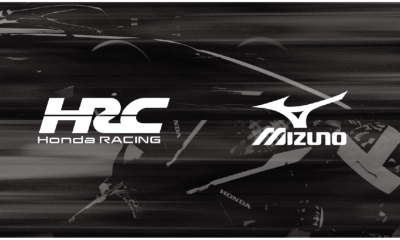


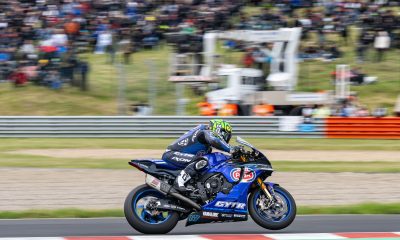

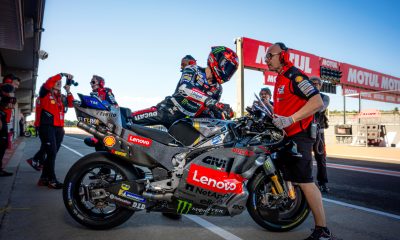


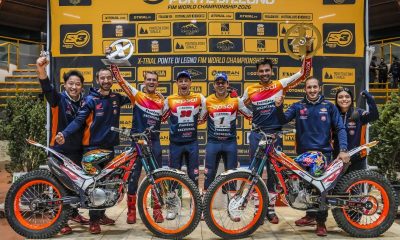
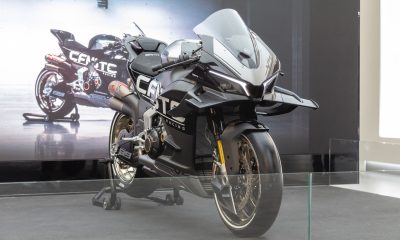
















Facebook
Instagram
X (Twitter)
YouTube
LinkedIn
RSS